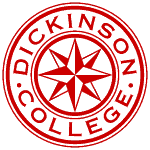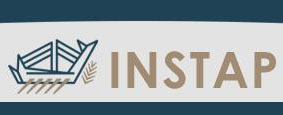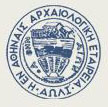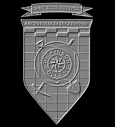Institutions
The Athens Archaeological Society (Η Εν Αθήναις Αρχαιολογική Εταιρεία)
Mycenae is one of the most important excavations of the Athens Archaeological Society since the mid-19 th century AD. In 1841 K. Pittakis cleared the Lion Gate and the Treasury of Atreus on behalf of the newly-founded Society (1837). In 1874 P. Stamatakis was assigned by the Society to supervise H. Schliemann's excavations at Mycenae (1874, 1876); following Schliemann's departure, Stamatakis discovered the sixth royal shaft grave in Grave Circle A, uncovered a hoard of metal vases and jewelry, and later excavated the dromos of the Treasury of Atreus (1883). In 1886 Chr. Tsountas was appointed by the Society director of excavations at Mycenae: he excavated most of the citadel, five tholos tombs and over a hundred chamber tombs outside the walls (1886-1897), and subsequently restored several important buildings within the citadel (1898-1908). In 1913 A. Keramopoullos conducted limited field research in the area of Grave Circle A. In 1920 the Society granted permission to the British School to excavate at Mycenae: A.J.B. Wace excavated important parts of the citadel, four tholos tombs, chamber tomb cemeteries and a few buildings outside the walls (1920-1957); he was succeeded by Lord Taylor (1950-1969) who excavated in the area of the cult center. In the meanwhile, the Athens Archaeological Society regained control of the site in 1950 with I. Papadimitriou and G. Mylonas who discovered and excavated Grave Circle B (1951-1954). G. Mylonas was appointed director of Mycenae in 1958; in the next 30 years he conducted extensive excavations and restorations. He was succeeded by Sp. Iakovidis in 1988, who incessantly proceeded with the publication of earlier and recent excavations, and continued with systematic excavations inside and outside the citadel, most recently Building K (NW Quarter), Petsas House, and the Lower Town. Mycenae has recently been declared a World Heritage site and is currently undergoing targeted restorations.

Dickinson College
Dickinson College has been continuously and generously funding the field research at Mycenae and providing technical equipment, support, and operational facilities for the excavation and geoprospection survey since 2002; the college also maintains a summer field school at Mycenae (led by Prof. Chr. Maggidis), training undergraduate and graduate students on site (D.E.P.A.S. of Mycenae). In 2006 Dickinson College purchased on behalf of the Athens Archaeological Society and the Greek State four hectares of land for the excavation of the Lower Town; six more hectares of land are being currently purchased by Dickinson College (with funds generously donated by J. Wagman) on behalf of the Society for the expansion of the excavation and the protection and incorporation of the Lower Town area to the main archaeological site.

Institute for Aegean Prehistory
INSTAP has been generously funding the field research at Mycenae for over a decade, including excavations, research and publications. INSTAP has also been providing vital technical support (team of specialists led by Dr. A. Stamos and technical equipment) for the systematic geoprospection at Mycenae continuously since 2003.

